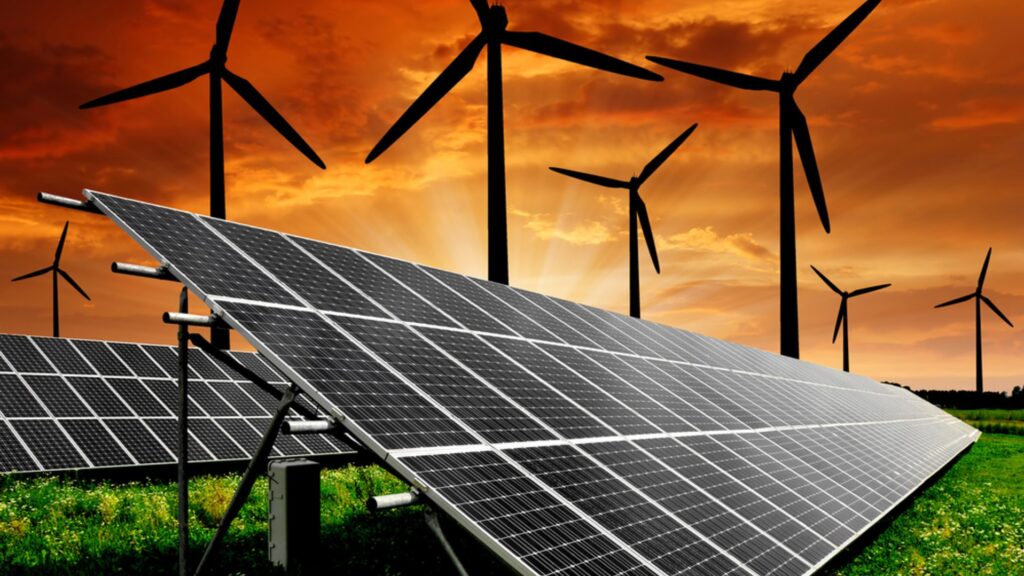To improve the efficiency and stabilize income of a photovoltaic (PV) system, you can consider several strategies and best practices:
- Optimal System Design:
- Ensure the PV system is designed correctly for the specific location, taking into account factors like solar irradiance, temperature, shading, and available space. Proper design can maximize energy production.
- High-Quality Components:
- Invest in high-quality PV modules, inverters, and mounting hardware. Quality components are more reliable and tend to have longer lifespans.
- Optimized Orientation and Tilt:
- Position PV modules at the optimal tilt and orientation to capture the most sunlight throughout the day and across the seasons.
- Regular Cleaning and Maintenance:
- Keep PV modules clean and free from dust, dirt, and debris. Regular maintenance, including cleaning and visual inspections, helps maintain efficiency.
- String Sizing and Inverter Selection:
- Properly size strings of PV modules and select inverters that match the array’s characteristics to minimize mismatch losses and ensure maximum power output.
- Monitoring and Performance Analysis:
- Install monitoring systems to track the performance of your PV system in real-time. Analyze data to identify and address any issues promptly.
- Shading Mitigation:
- Use shading analysis tools and consider measures like tree trimming or repositioning modules to minimize shading impacts.
- Anti-Reflective Coatings:
- Some PV module manufacturers offer anti-reflective coatings that can enhance light absorption and increase efficiency.
- Temperature Management:
- Implement cooling solutions if operating temperatures are consistently high. Cooling can improve module efficiency.
- Advanced Inverters:
- Consider advanced inverter technologies, such as microinverters or power optimizers, which can mitigate shading and module mismatch issues.
- Battery Storage:
- Install energy storage systems (batteries) to store excess energy for use during periods of low sunlight. This can increase self-consumption and income stability.
- Feed-In Tariffs (FiTs) and Incentives:
- Investigate local FiTs and government incentives for renewable energy. These programs can provide additional income for excess energy fed back into the grid.
- Energy Management and Load Shifting:
- Implement energy management systems to optimize energy use within your home or facility, including load shifting to consume excess solar energy when it’s generated.
- Weather-Resilient Design:
- Consider the potential impact of extreme weather events and design the PV system to withstand them. Properly anchored and reinforced mounting systems can help.
By implementing these strategies and adapting them to your specific circumstances, you can improve the efficiency and income stability of your photovoltaic system, while also contributing to a more sustainable energy future.


